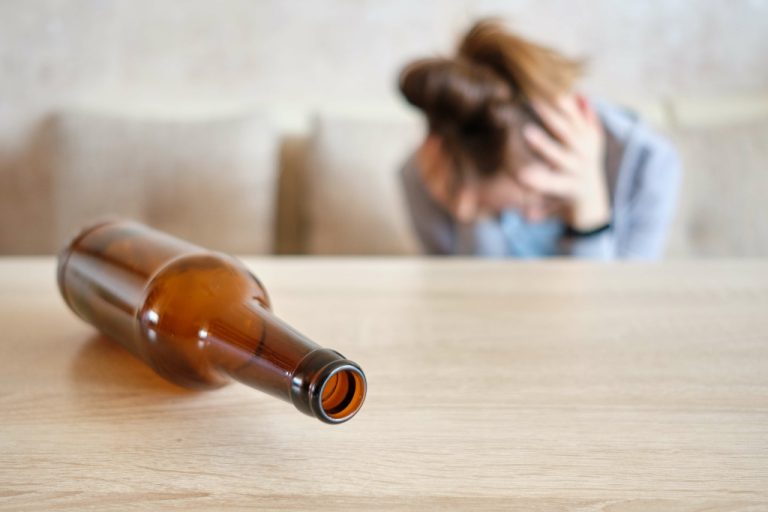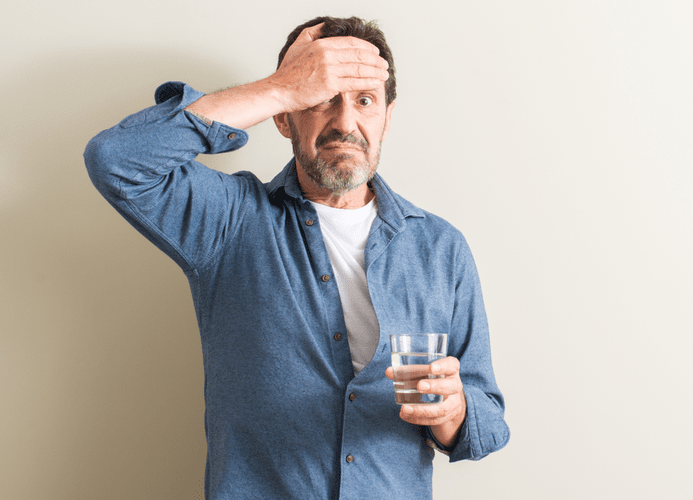This approach not only enhances self-expression but also ignites the senses, allowing for a more profound exploration of emotions. That’s why it’s vital to approach these creative art therapy activities with an open mind and a willingness to explore your own path. Addiction can leave you feeling isolated and disconnected.

Activity #1: Healing through Painting
It’s not merely an alternative form of treatment; it’s a pathway to understanding and healing that reaches places words often can’t touch. In therapy, Jane drew her unhelpful view of the problem as a dark, https://dev-clapmoneytrading.pantheonsite.io/how-to-overcome-addiction-strategies-to-live-a/ messy blob of lines and jagged shapes. The meaning machine she created was made of clean, round shapes and bright colors. After “sending” her old view through her meaning machine, a large heart filled with brightly-colored segments “came out” the other side. In my experience, it’s most helpful to leave some parts of the activity open-ended. In other words, don’t specify what kind of bridge or body of water they should depict.
The Recovery Process of Substance Use Disorder
Some say that coloring Mandala coloring books in art therapy feel like a spiritual experience. That makes sense since mandalas represent the Universe in Hinduism and Buddhism. Art therapists include these because they are a great way to calm anxiety, relax, and increase client focus. Let your creativity run free with this art therapy exercise.

The Role of Trust-Building Exercises in Family Therapy
Instead of making a mask to drug addiction hide yourself, make a mask that expresses how you feel and empowers you. Cover the mask in symbols that make you feel strong. Paint your ideal perfect day and see how much of it you can turn into reality today. Start with one doodle and create other doodles from that one doodle. Draw an illustration of your idea of a fairy tale or an element from your favorite fairy tale.

Whether it’s creating recovery vision boards or engaging in collaborative art projects, these activities can enhance the group dynamic and provide new avenues for personal growth. The integration of music and art has also proven to be a powerful combination in holistic healing approaches. This multi-sensory experience can evoke deep emotions and memories, facilitating a more comprehensive healing process. Imagine painting to the rhythm of a favorite song or creating a visual representation of a meaningful lyric – these exercises can unlock profound insights and emotional release.
- Imagine transforming your pain and struggles into a canvas of colors and shapes, turning what once was a source of distress into a masterpiece of healing.
- For those struggling with addiction, it provides a safe haven where words may fail but colors, shapes, and textures speak volumes.
- You can make one by creating, painting and decorating a wood box.
- When facilitators create a safe, healing environment, individuals are more likely to stay motivated, connected, and committed to their journey toward a substance-free life.
- Use charcoal along with colour pencils or wax crayons.
Make a physical representation of the anger or sadness you feel or have in your life. You can create shapes, structures, and images that show your emotions. Think about your emotions and the colors that best represent those emotions. You can use the prompts to assign an emotion to each section of the wheel, and then designate a color and/or a picture you would like to draw that represents each emotion. Overall, art therapy can empower those affected by trauma, helping them to reclaim their voice and rebuild their lives, one brushstroke at a time. To give you the maximum amount of time to focus on the sessions and the needs of your patients and to promote your workshop, consider using a workshop booking software system.
- The good things that happen in the community can also give people a sense of accomplishment and pride, which is good for their emotional health.
- Cut out images, words, and phrases from magazines and newspapers that resonate with you and arrange them on a piece of paper.
- Cut out images, words, and textures that speak to your experiences or feelings.
- It’s a safe and cathartic way to let out feelings.
- Perhaps, through the rhythmic dance of brush on canvas, you’ll uncover emotions long buried.
Through the various activities I’ve detailed, art therapy serves as a powerful healing tool, allowing you to process complex emotions, manage stress, and rebuild your sense of self. Let’s explore seven art therapy activities that can support your addiction recovery and promote lasting change. They offer a simple, accessible prompt that can elicit so much meaning. Bridge drawings make excellent art therapy activities for adults because they can help with processing problematic situations and difficult life transitions.
Mindfulness in Addiction Recovery: Powerful Tools for Lasting Sobriety
Let me just say, when it came time to process as a group, things got emotional. Remember childhood and draw a lacking person, thanks to whom your life could change for the better. Man and the planet of one’s treasures art therapy ideas. From pieces of dough, mold a sculpture of a person and the planet art therapy ideas for adults in recovery of his treasures. Place the sculpture in paper space (the universe). The goal of such art therapy activities is to reflect and analyze your behavior.
Making your own thank-you cards by painting, drawing or embellishing a stack of blank cards will make a lasting impact on you and recipient. Similar to a memory jar, a self-care box holds small trinkets or scraps of paper. You can make one by creating, painting and decorating a wood box. Then, you can add items that represent your idea of self-care. This can be anything from positive affirmations to notes that list goals you want to achieve.
Essential Substance Abuse Intervention Strategies
Select a space where you feel at ease – it could be a quiet corner in your home, an outdoor setting, or even a dedicated art room if you have the luxury. The goal is to find a place free from distractions and interruptions. Artistic endeavors have been linked to the release of dopamine, a “feel-good” neurotransmitter. This not only elevates mood but also counteracts feelings of depression and anxiety, promoting a sense of well-being.








